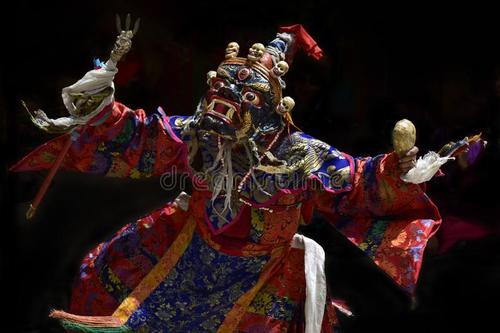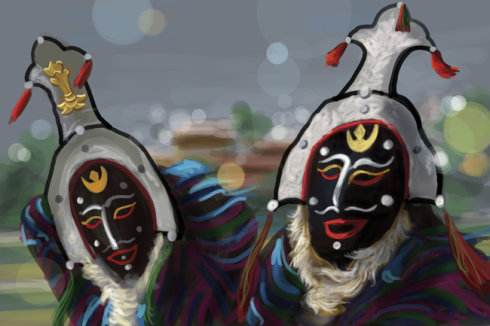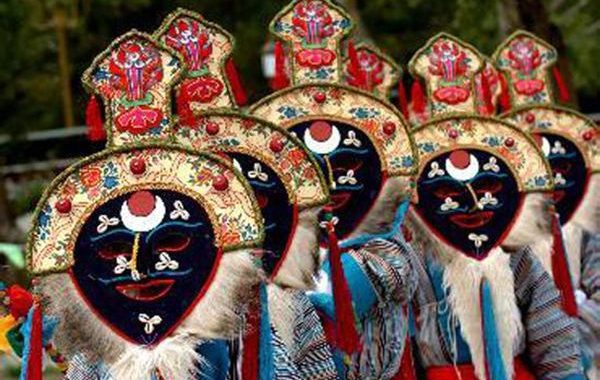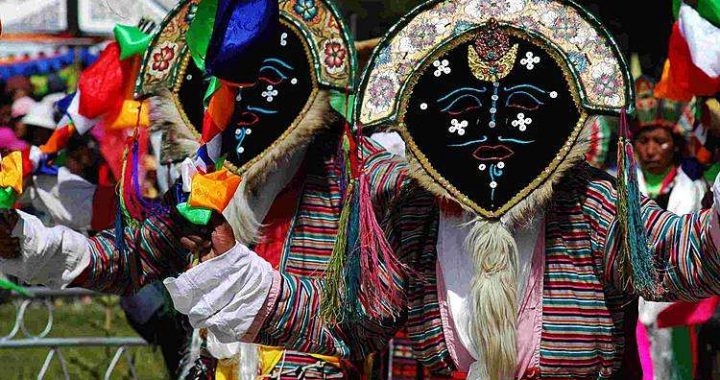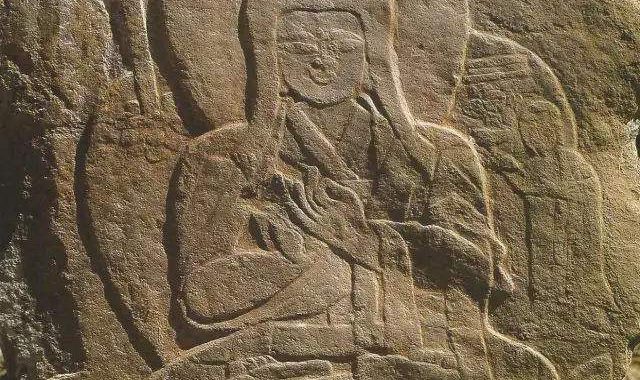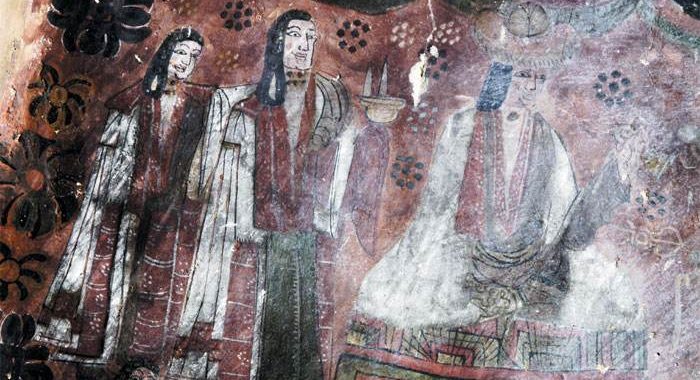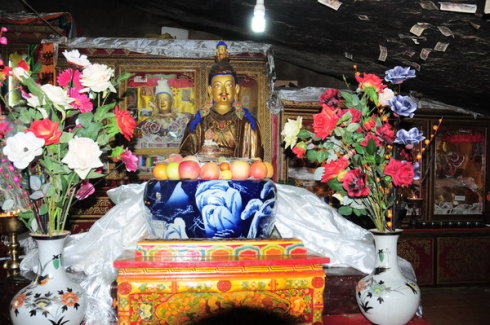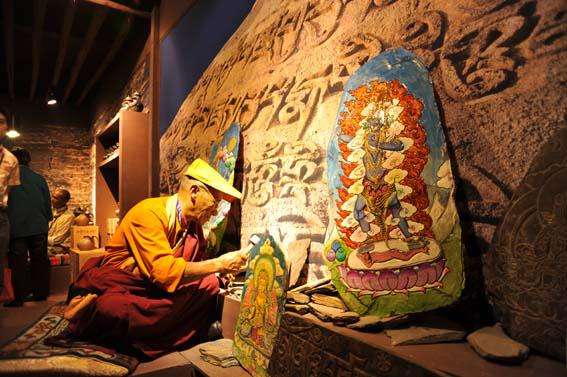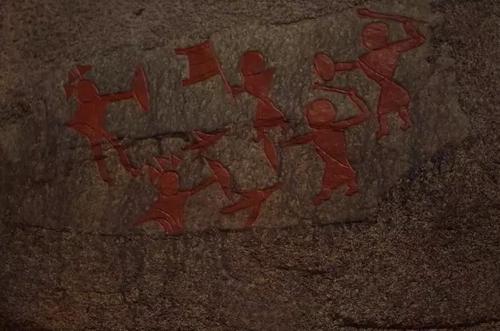Green Tara(Thangka)
2 min readAnother Thangka,”Green Tara,”now in Cleveland Museum of Art was created in the early 14th century. It is said that it was painted by Anika, the Nepalese artist(Anika is the Nepalese master highly regarded by the Imperial Tutor Phagpa of the Yuan Dynasty. He once built the golden tower in Sakya and accompanied the imperial tutor to the capital). This Thangka does not show any characteristics of Polo art style that was popular in Tibet before the 13th century. Tara’s head is decorated with five-flower corolla, with the hair knots fixed on one side, and shoulderlength curly hair on the other side. Ornaments, necklaces, and bangles all over the body present a kind of mellow and graceful gloss. The goddess is depicted as being holy, beautiful, gentle and good. It was painted in a meticulous and exquisite way, with elegant and harmoniouscolors, indicating the painter’s outstanding artistic accomplishments.
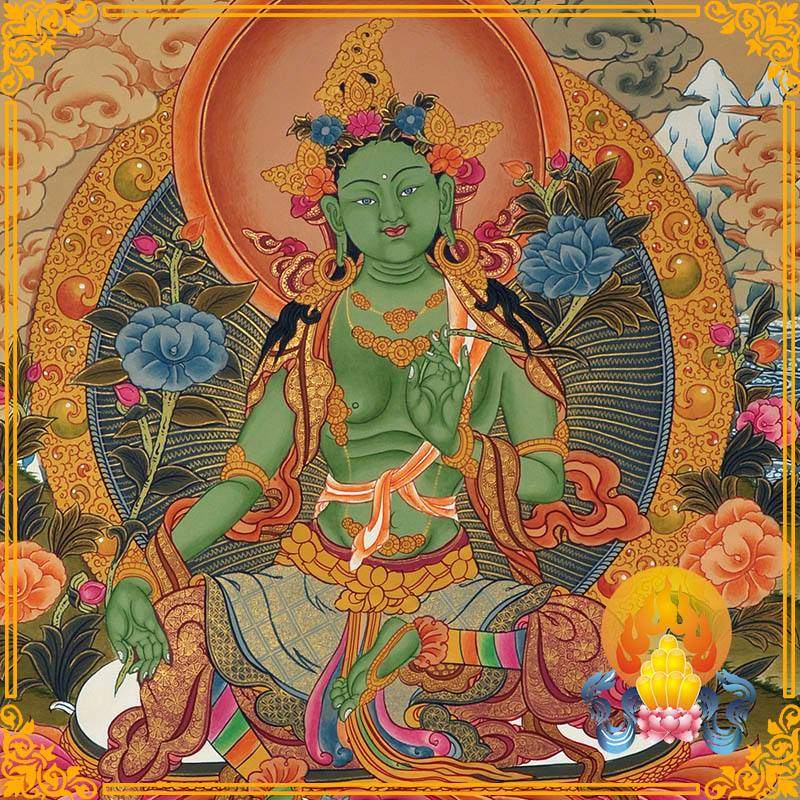
In the late period, the Nepalese artistic style first influenced the Sakya Monastery followed by the Shalu Monastery and finally the Palkhor Monastery. The robust and powerful but graceful, delicate, calm and elegant paintings promoted the diversity of Tibetan classical paintings. By comparing the Thangka with the murals in the Shalu Monastery and the Palkhor Monastery, it is easily discernible that murals and Thangka correspond in style, and had a parallel development. The emergence of a certain kind of murals would certainly have led to the popularity of Thangka of the same style. Even in modern times, the booming development of Mentang School, Chen Zher School, Sgar-bri School and other painting schools is reflected in Thangka creation.
